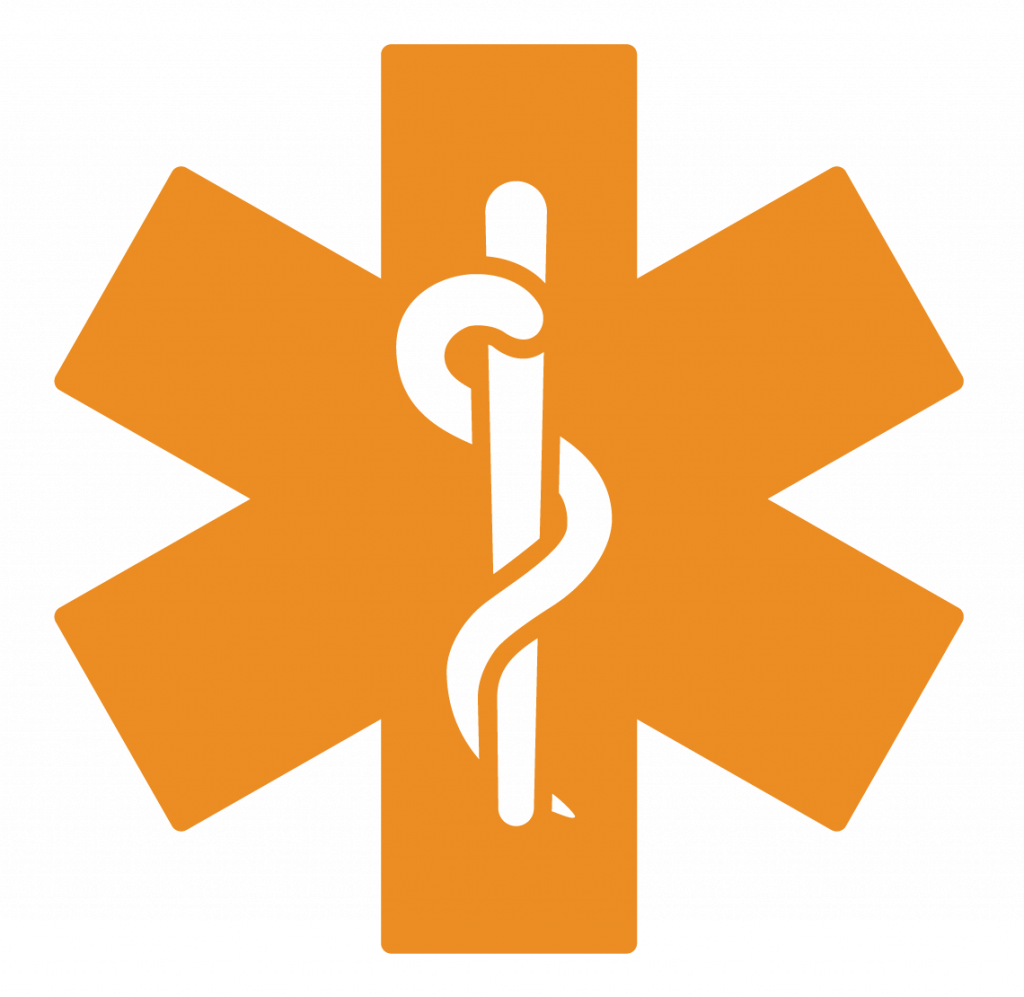To Buy Desyrel Online Visit Our Pharmacy ↓
 Tapering Off Desyrel Safely
Tapering Off Desyrel Safely
Assess Readiness and Risks before Starting Taper 🚦
Start by pausing and making an honest inventory: how long have you taken the medication, how steady have mood and sleep been, and what recent stressors or life changes could affect withdrawal? A calm, realistic self-check is the first step.
Then gather clinical facts: past psychiatric history, other meds, alcohol or drug use, cardiac history and pregnancy status. Share these with your prescriber so you can recieve baseline assessments (labs, ECG, suicide screening) before any dose change.
Consider supports: a trusted friend, therapy, written plan for slow tapering, and clear criteria for pausing. Know red flags like worsening mood, severe insomnia, or fainting. Preparing contingencies makes tapering safer and more manageable and reduces relapse risk.
Consult Your Prescriber to Design a Plan 🩺

When I first spoke to my clinician about stopping desyrel, we sat down and reviewed my full history, other medications, and sleep patterns. That honest exchange felt grounding.
A clear plan includes dose steps, timing, and contingency moves if symptoms worsen. Ask about blood tests, interactions, and whether tapering is safe with anxiety or alcohol use.
Your prescriber can suggest slower reductions than standard protocols, or pause and maintain a lower dose until side effects settle. They may also refer you for counseling or sleep hygiene support.
Keep a simple log and call. Occassionally changes feel sudden and mood shifts appear. Good communication reduces risk and makes the whole process feel more manageable and human.
Slow Gradual Dose Reductions to Minimize Withdrawal 🐢
Imagine easing off desyrel as a paced walk rather than a sprint: small, steady steps let your brain adjust and reduce shocks to mood and sleep. This narrative mindset reframes tapering from loss into reclaiming balance.
Practically, clinicians often suggest tiny percentage cuts over weeks so withdrawal remains miniscule. Beyond fixed schedules, adapt pace to how you feel: if dizziness or panic increases, slow the descent and wait before reducing further.
Keep a daily log of doses, sleep, energy and odd sensations; this record helps clinicians fine-tune reductions and separates normal adjustment from worrying signs. Occassionally a plateau or brief setback is par for the course, not failure.
Trust slow progress: celebrating small wins—more steady sleep, clearer thought, fewer withdrawal waves—keeps motivation intact. If severe mood shifts or suicidal thinking occur, seek urgent care; safety always takes precedence over timelines.
Track Symptoms and Mood with a Journal 📒

I kept a short journal while tapering desyrel, logging dose, time, sleep, and mood. Each note turned vague worry into useful data: spikes of anxiety after cuts, better nights, and stress triggers. Teh ritual steadied me and gave clear examples to discuss with my prescriber.
Use simple mood scales, sleep ratings and brief checklist for side effects and coping tools. Review entries weekly to map trends and guide small adjustments. Few lines daily can reveal withdrawal patterns early, helping you and your clinician decide to pause, slow or seek support.
Manage Sleep, Anxiety, Cravings with Practical Strategies 🌙
Nightly rituals can help when tapering desyrel: dim lights, consistent bedtimes, gentle stretching, and limiting screens 60 minutes before sleep. Small routines cue your body to relax and restore.
For anxiety, try paced breathing, grounding exercises, and short walks; practice labels for emotions and set micro-goals to reduce overwhelm. Share concerns with a prescriber or therapist early.
Cravings and sleep disruption may Occured during dose changes; keep a journal, use caffeine curfew, try soothing herbal teas, prioritize exercise, and promptly contact your clinician if symptoms worsen or tasks become difficult.
Know Red Flags and When to Seek Help 🚨
I remember the night my friend described sudden overwhelming anxiety and disorientation as his dose dropped; it felt urgent and lonely, and we realized symptom escalation can sneak up. Recognizing early changes in sleep, appetite, or thinking lets you act before things worsen.
Watch for persistent suicidal thoughts, severe agitation, confusion, seizures, chest pain, fainting, or high fever. New hallucinations, uncontrollable tremors, or rapidly worsening depression are also serious. Contact your prescriber or emergency services immediately if these red flags appear.
Keep emergency contacts, your prescriber’s after-hours number, and a symptom journal for calls. Reactions can Occured unexpectedly; seek immediate care for life-threatening signs or urgent psychiatric support. Reliable sources: MedlinePlus — Trazodone Mayo Clinic — Trazodone












